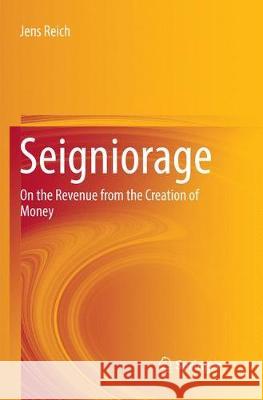Seigniorage: On the Revenue from the Creation of Money » książka
topmenu
Seigniorage: On the Revenue from the Creation of Money
ISBN-13: 9783319874784 / Angielski / Miękka / 2018 / 148 str.
Seigniorage: On the Revenue from the Creation of Money
ISBN-13: 9783319874784 / Angielski / Miękka / 2018 / 148 str.
cena 390,87 zł
(netto: 372,26 VAT: 5%)
Najniższa cena z 30 dni: 385,52 zł
(netto: 372,26 VAT: 5%)
Najniższa cena z 30 dni: 385,52 zł
Termin realizacji zamówienia:
ok. 20 dni roboczych.
ok. 20 dni roboczych.
Darmowa dostawa!
Kategorie:
Kategorie BISAC:
Wydawca:
Springer
Język:
Angielski
ISBN-13:
9783319874784
Rok wydania:
2018
Wydanie:
Softcover Repri
Ilość stron:
148
Oprawa:
Miękka
Wolumenów:
01











